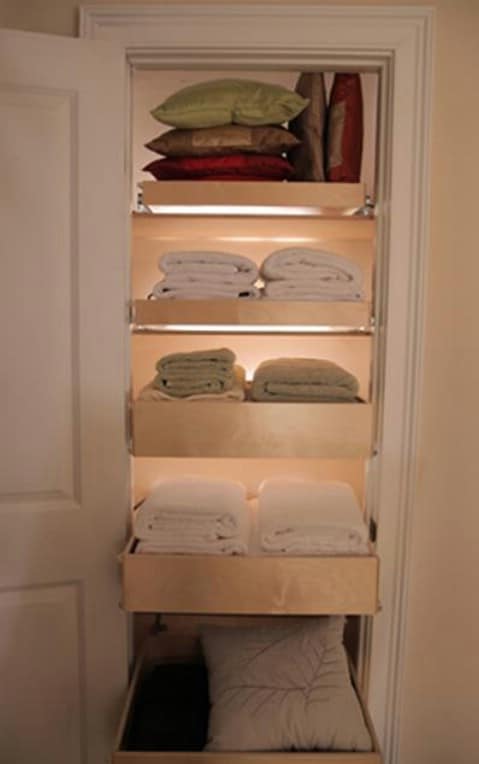

This ensures that the connected battery is never allowed to charge or discharge beyond unsafe levels. Guido which includes additional features such over charge and low charge cut off for the battery and with a Schmidt trigger. The following solar powered garden light was designed by Mr. 1.5V Solar Garden Light with Enhanced Features The 4V level ensures that the battery is never overcharged (at 4.2V) and this also allows the circuit charge the battery without a constant current supply. If a 3.7V Li-Ion battery is used, make sure to adjust the 10K preset to achieve precisely 4V across the output points where the battery is supposed to be connected, do this adjustment without connecting the battery. The following circuit show how this may be done by adding a simple voltage follower regulator circuit: If a Li-Ion battery is intended to be used for the above explained circuit, a constant voltage feature becomes crucial for safeguarding battery life and prolonging it. The above explained designs can be also replicated using two NPN transistors as shown in the following diagram: Solar Pathway Light Circuit with Constant Voltage The panel voltage must be at least 3 V higher than the battery voltage. The battery voltage must be at least 3 V higher than LED voltage. R3 = Solar Panel Voltage - Battery Voltage / 10% of Battery mAH Rating R3 is the charging current limiter resistor for the battery, and it can be calculated using the following formula: R2 = Battery Voltage - LED Fwd Voltage / LED Current R2 is the LED current limiting resistor which can be calculated using the following formula: The next morning, the cycle repeats all over again.
DIY MINI LED PANEL FULL
With complete absence of sun light or when its completely dark, the transistor conducts fully with the help of the 1K resistor, and produces full brightness over the LEDs.

However when dusk sets in the solar voltage begins to drop, and when it drops below the zener diode rating, the transistor slowly starts conducting, illuminating the LEds gradually. The resistor also serves as the current limiting resistor for the connected LEDs when the transistor is switched ON.Īs long as the solar panel generates the optimal amount of power, the positive potential at the base of the transistor keeps it switched OFF. The resistor R* value should be adjusted as per the specs of the battery for limiting excessive current to it. This voltage charges the battery gradually from dawn to dusk. The transistor is the only active component which is positioned as a switch for preventing the battery voltage from reaching the connected LEDs during day time.ĭuring broad day light, the solar panel produces the required amount of voltage which is applied across the rechargeable battery via the 1N4007 diode and the resistor R*. The circuit design is extremely straightforward and may be understood with the following points:Īs can be seen in the given circuit diagram, the design basically consists of a solar panel, a PNP transistor, few LEDs, a battery and a few resistors.


 0 kommentar(er)
0 kommentar(er)
